In late September 2019, the Internal Revenue Service (IRS) published the final hardship distribution regulations, nearly two years after Congress passed the Bipartisan Budget Act and the Tax Cuts and Jobs Act. The good news is that this final version follows the proposed version very closely. The IRS stated in the final version of the regulations that any plan that followed the proposed regulations will have satisfied the final regulations.
The goal of the revised hardship regulations is to make it easier for plan participants to access their plan accounts when they have experienced a true financial hardship, while simultaneously not interrupting their ability to continue to save for retirement.
The four most significant changes under the final IRS regulations are as follows:
- Suspension of deferrals after hardship distribution is no longer permitted
Under the new regulations from the IRS, plans are no longer permitted to suspend employee 401(k) deferrals for any hardship distributions taken after December 31, 2019. If a participant takes a hardship distribution in January 2020 or after, they can continue making deferrals.
If a plan participant took a hardship distribution in 2019, you have/had several options:
Full Suspension: Apply the old rules that required employees to suspend deferrals for 6 months immediately following the distribution and make the plan participant wait until the appropriate month in 2020 to resume their contributions;
No Suspension: Eliminate the suspension right away so that the plan participant can continue deferring without interruption; or,
Abbreviated Suspension: Cut the suspension short and allow the plan participant to resume deferrals at some point before the appropriate month in 2020 when the suspension would otherwise end.
Each plan sponsor has the option of how to apply the suspension for hardships taken in 2019. Plan documents must be amended to reflect what was done in operation and to adopt the new requirements of the final regulation. In the meantime, however, plan sponsors should document clearly how they handled pre-2020 hardship suspensions and ensure that all participants are treated the same way.
The confusion about the suspension will go away as of July 1, 2020. By then, we are past the 6-month mark from the end of 2019, so any suspensions that carried over will have expired.
- Modification of the safe harbor “immediate and heavy financial need”:
The modification for the safe harbor list of expenses are outlined below:
- The “primary beneficiary under the plan” has been added as a qualified individual for whom medical, educational, and funeral expenses may be incurred;
- A hardship can now be taken in the event of a casualty loss that is tax deductible, regardless of whether that loss occurred in a federally-declared disaster area; and
- A seventh item was added to allow for expenses resulting from a federally-declared disaster to be taken as a hardship.
The intent of this modification is to make expenses related to certain disasters (e.g. hurricanes, floods, wildfires, etc.) safe harbor items, thereby eliminating any delays waiting for the official announcement declaring the federal emergency. One point worth noting, however, is that unlike previous disaster relief, these new regulations do not allow hardship distributions as a result of a participant’s relatives or dependents incurring disaster-related expenses. It is now limited only those expenses incurred by a participant who either lives or works in the disaster area.
- Single Standard for Determining Necessity
The final regulations completely eliminated the subjectivity of the facts and circumstances review in order to apply a more objective standard for determining necessity of a hardship distribution. The new objective review is broken into three requirements:
- The hardship distribution cannot exceed the amount of the financial need (including any amount necessary to pay any taxes or penalties reasonably expected to result from the distribution).
- The participant must have taken all available distributions from the plan or other plans sponsored by the employer. It is also important to note that taking a loan first is no longer required.
- The employee does not have other sufficient cash or liquid assets to satisfy the need. Plan sponsors can rely on an employee’s representation to that effect, unless there is actual knowledge to the contrary.
The new regulation outlines that an employee may provide their representation either in writing, via electronic medium, or in any other form prescribed by the plan administrator. Also, a verbal representation (e.g. a phone call) is also acceptable, if that conversation is recorded.
If the plan administrator does have any knowledge contradicting a participant’s representation, they should deny the request. The plan sponsor can reference the information already available about the plan participant instead of having to question the veracity of the employee.
- Expanding the availability of contribution sources of hardship distributions
The final regulations open the availability of all contributions sources for hardship distribution purposes. This includes elective deferrals, QNECs, QMACs, and the earnings on these sources – regardless of when those contributions occurred. The IRS further clarified that safe harbor contributions made to a plan are considered either QNECs or QMACs and are, therefore, available for hardship. Note that this is an optional change and not something you are required to implement.
The final version of the regulations makes no mention of the earnings related to 403(b) deferrals. Therefore, such earnings remain ineligible for hardship distribution. Additionally, QNECs and QMACs are not eligible for hardship distribution if those funds are held in a custodial account. Outside of those two items, all of the new hardship rules also apply to 403(b) plans.
When to amend the plan document
There are only two parts of the final regulations that are mandatory to implement – removal of the suspension of deferrals post hardship distribution and the modification to the list of safe harbor expenses. Everything else is optional. A plan amendment is required to implement the mandatory changes and to document whether or not the optional changes will be implemented. It is critically important to keep track of which, if any, of the new rules have been applied in plan administration and operation since the final regulations were issued in September 2019. To assist you in documenting these items, DWC has made available a one page sample administrative procedure here.
If your plan is a calendar year plan, the deadline to adopt the plan amendment is the due date of the tax return (with extensions) for the first tax year in which the new provisions are first implemented. For calendar year plans, that translates to either the spring or fall of 2021. There are still open questions as to the exact deadline for plans that operate on a non-calendar tax year as well as those plans that implemented the new provisions prior to 2020. Industry advocates, including the American Retirement Association, have submitted a request to the IRS to clarify how the amendment deadline applies in those situations.
For more information on this topic please contact Larson & Company today.



.png)



